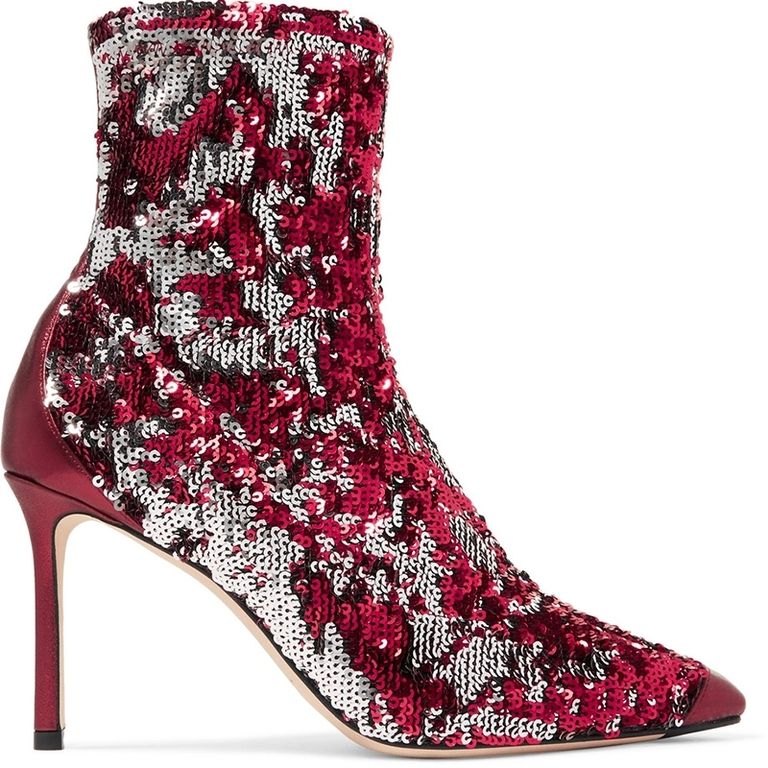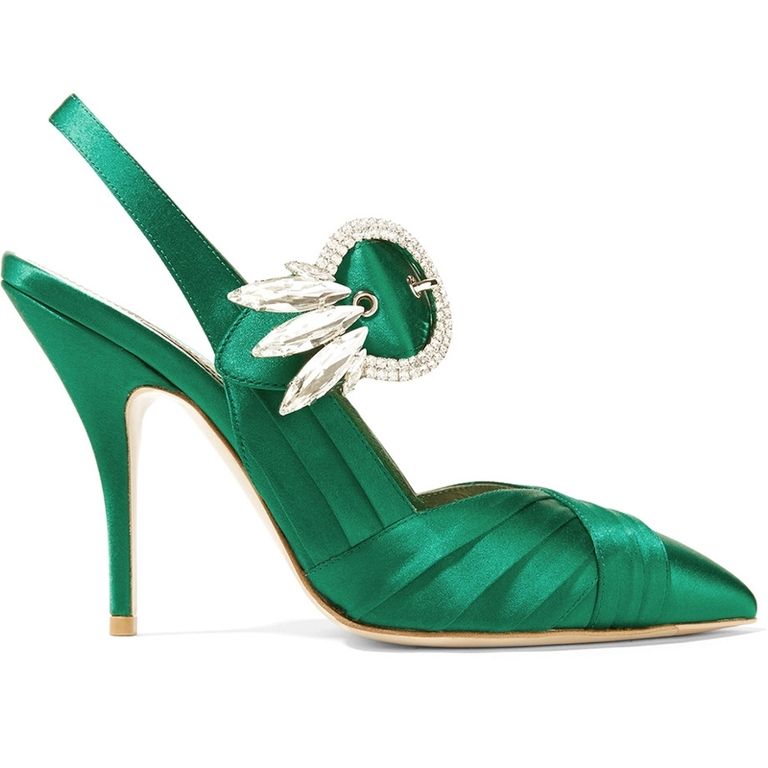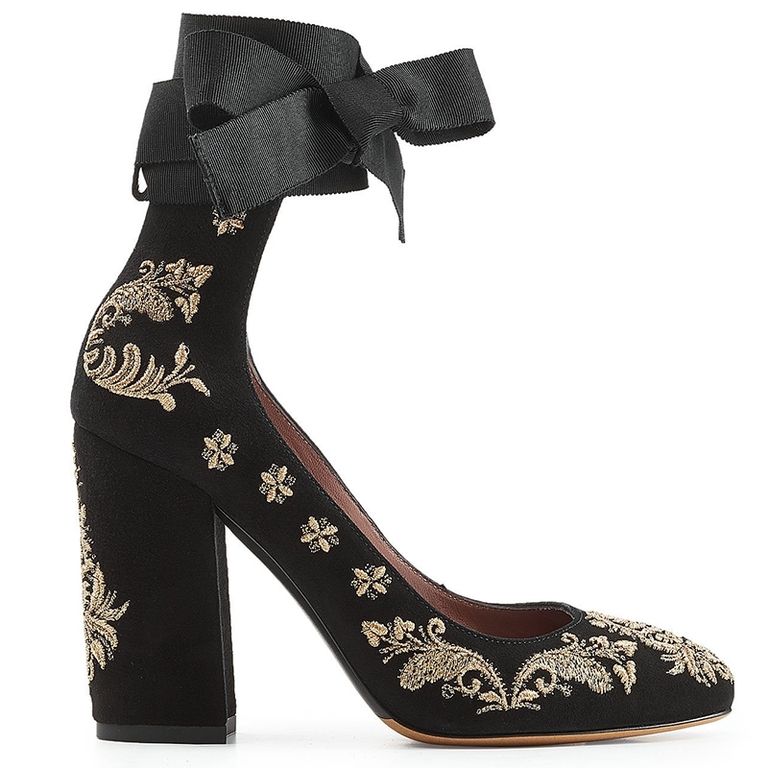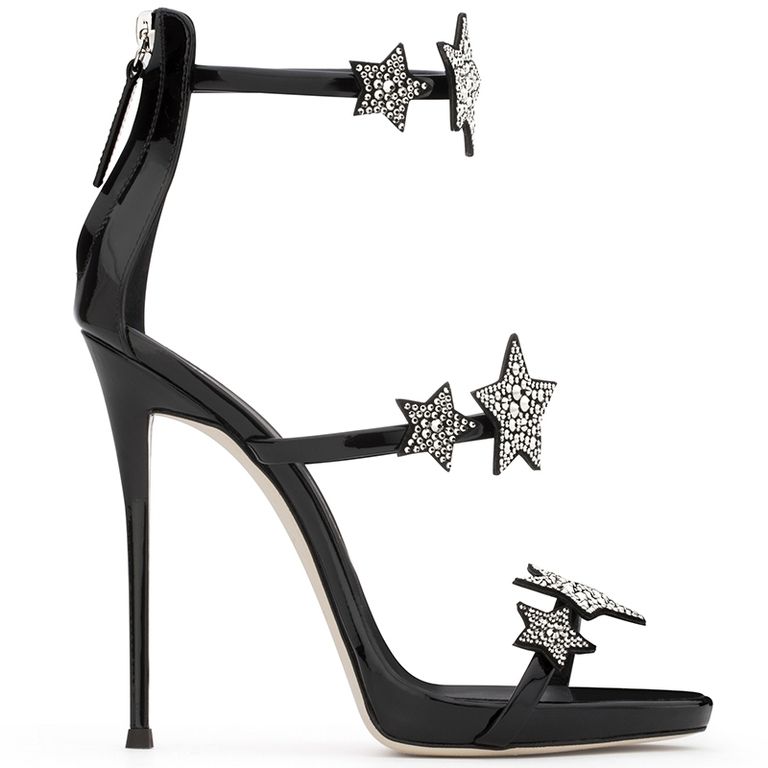Los tacones son imprescindibles para las fashionistas, ya que estos levantan el trasero y estilizan la figura. Por algo Vivienne Westwood decía “los tacones deben ser muy altos para poner la belleza de la mujer en un pedestal”; sin duda, los tacones nos hacen sentir más atractivas pero, al usarlos, con el paso de las horas comienzan las molestias, duelen los pies y las pantorrillas.

Este dolor se debe a que si nos imaginamos los pies como una silla de tres patas, al alargar una (lo que sería el tacón) el peso debe redistribuirse y es soportado por la zona donde las patas son más cortas. Al usar tacones altos, el 75% del cuerpo pasa a ser soportado por la parte anterior del pie, concretamente por las cabezas de los metatarsianos, que son los huesos a los que se unen los dedos. Lo cual provoca en toda la articulación un estrés para el cual no está preparado, causando inflamación de las estructuras y produciendo dolor, e incluso llegando a producir una fractura por estrés del hueso.
Podemos aliviar las molestias causadas por ellos siguiendo estos consejos:
- Hidrata y exfolia tus pies: Prepara tus pies con una crema exfoliante, un baño relajante e hidrátalos con un masaje. Además, no olvides comprobar que tus pies estén completamente secos antes de ponerte los tacones, así evitarás las grietas.
- Hazte la pedicura: Recuerda eliminar las durezas, para así evitar la aparición de uñas encarnadas.

- Si son nuevos: Pruébate los tacones unos días antes para adaptarlos a tu pie y utiliza un calcetín para estirarlos un poco.
- El dedo del corazón: Une el dedo corazón con el anular con una cita adhesiva, así engañarás al nervio que produce el dolor.
- Un zapato de tu número: Utilizar unos tacones de la talla adecuada es muy importante, ya que sino causaremos tensión y molestias innecesarias.

- El milagro de la cinta de doble cara: Úsala para que el pie no se mueva lo más mínimo, evitado así que el zapato baile en tu pie, lo cual es muy incómodo.
- Almohadillas para el metatersal del gel: Estas evitan que recaiga todo el peso del cuerpo en el metatarso, reduciendo la presión y el roce que produce dolor al caminar.

//////////
Heels are essential for fashionistas, as these raise the rear and stylize the figure. For something Vivienne Westwood said “the heels must be very high to put woman beauty on a pedestal”; undoubtedly, heels make us feel more attractive whe we wear them but, with the passing hours stars the discomfort, sore feet and calves.
This pain is because if we imagine the feet as a three-legged chair, by lengthening one (what would be the heel) the weight should be redistributed and is supported by the area where the legs are shorter. When using high heels, 75% of the body happens to be supported by the anterior part of the foot, specifically by the metatarsal heads, which are the bones to which the fingers join. Which causes a stress throughout the joint for which it is not prepared, causing inflammation of the structures and producing pain, and even leading to a stress fracture of the bone.
We can alleviate the discomfort caused by them by following these tips:
- Moisturize and exfoliate your feet: Prepare your feet with an exfoliating cream, a relaxing bath and hydrate them with a massage. Also, do not forget to check that your feet are completely dry before putting on your heels, so you will avoid cracks.
- Pedicure: Remember to remove the hardness, to avoid the appearance of ingrown toenails.
- If they are new: Try heels a few days before to adapt them to your foot and use a sock to stretch them a bit.
- The finger of the heart: Join the middle finger with the ring finger with an adhesive, thus you will deceive the nerve that produces the pain.
- A shoe of your number: Using heels of the right size is very important, otherwise we will cause unnecessary tension and discomfort.
- The miracle of the double-sided tape: Use it so that the foot does not move in the least, thus preventing the shoe from dancing on your foot, which is very uncomfortable.
- Pads for the metatersal of the gel: They avoid that the weight of the body in the metatarso relapses, reducing the pressure and the friction that produces pain when walking.
